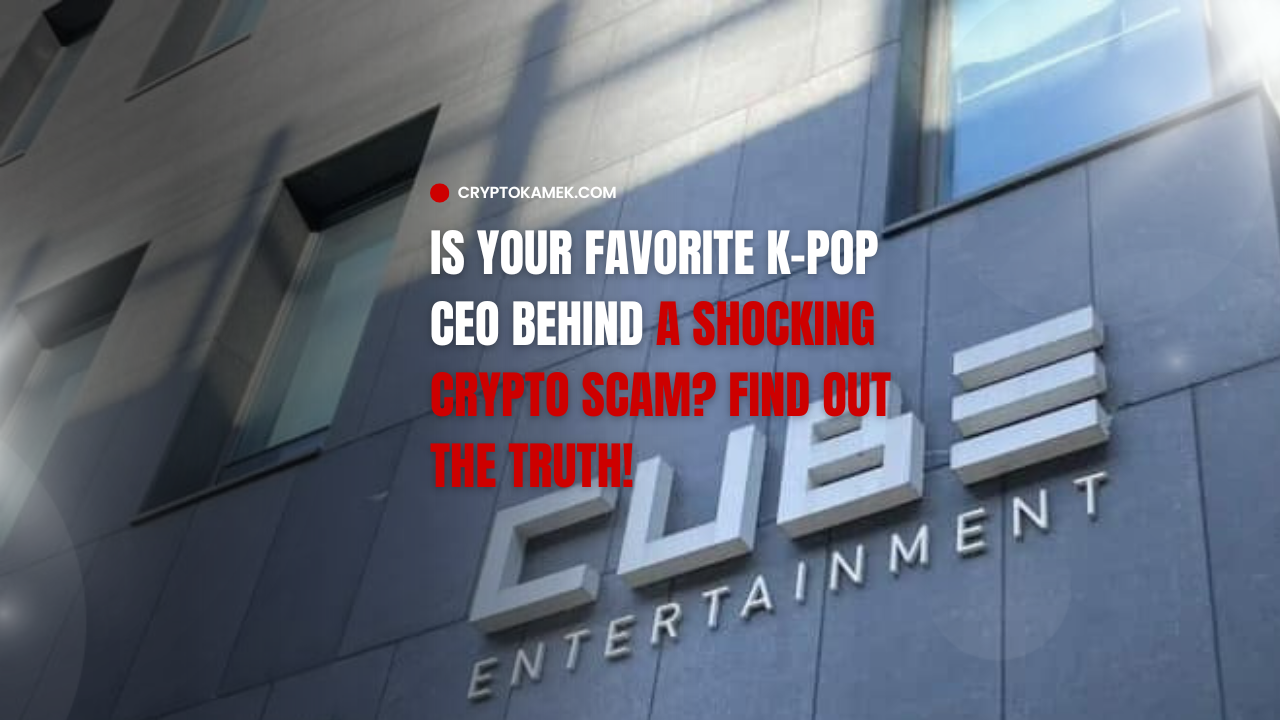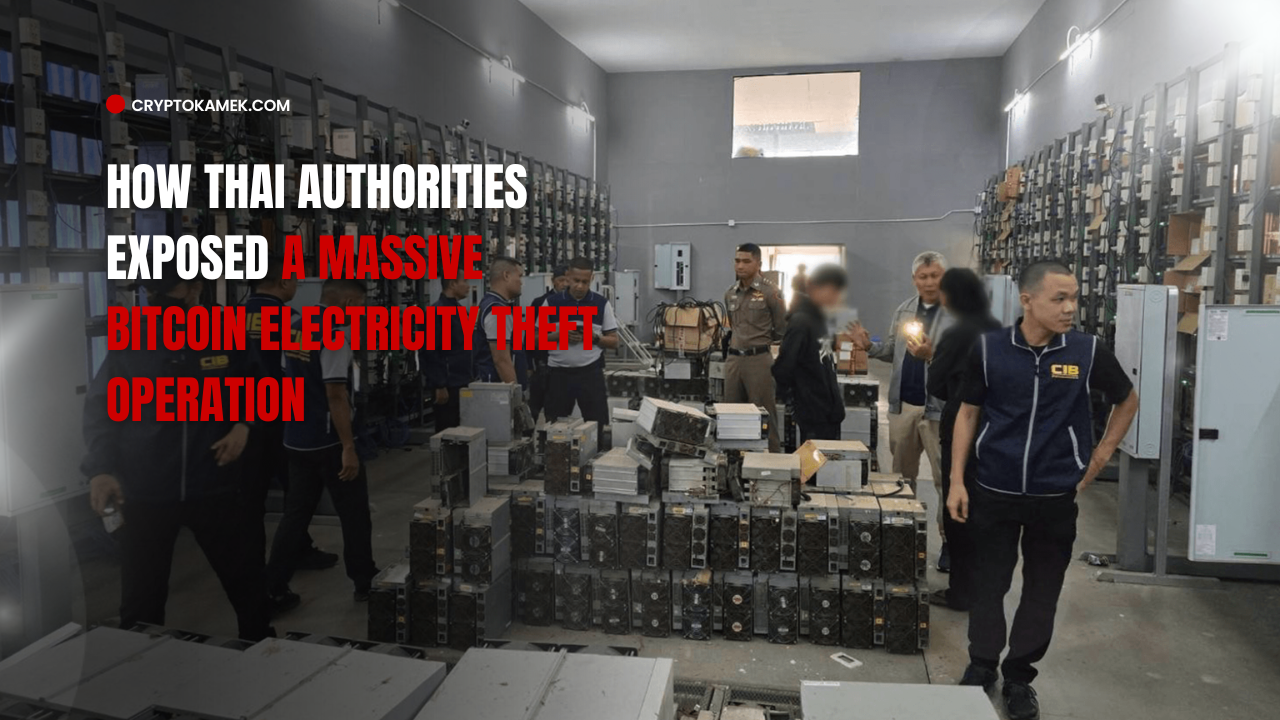

The $HAWK Incident: Need for Memecoin Standards
Cryptocurrencies have become a significant part of the financial world, and among them, memecoins have carved out a unique niche. These coins, often driven by viral trends and internet culture, are particularly popular for their speculative nature. However, the recent rise and fall of $HAWK—a memecoin launched by influencer Haliey Welch, has brought a glaring issue to light: the lack of standards in the memecoin market. The $HAWK incident has sparked heated debates about the need for more oversight, transparency, and regulation in the world of cryptocurrency.
The Launch of $HAWK
On December 4, 2024, Haliey Welch, known for her viral internet presence as the “Hawk Tuah Girl,” launched her own cryptocurrency, $HAWK, on the Solana blockchain. Welch, who had already gained a strong following, positioned the token as a fun way for her fans to engage with her brand and cryptocurrency.
The initial excitement around the launch was massive, leading to a 900% increase in its value within hours. At its peak, $HAWK reached a market capitalization of about $490 million, which seemed almost too good to be true. But, as quickly as the coin surged, its value plummeted. By the following day, the coin’s price had dropped by more than 90%, sending investors into a panic and sparking accusations of a pump and dump scheme.
Initial Hype and Market Reaction
When $HAWK was first introduced, there was no shortage of hype. Haliey Welch promoted it as a way for her fans to actively participate in her brand’s growth while engaging with the broader crypto community. The idea of memecoins—tokens often inspired by humor and internet culture—wasn’t new, but Welch’s strong fanbase and viral success lent a sense of credibility to the project.
For a brief moment, it seemed like the launch would be a fun and profitable endeavor for both Welch and her community. But the meteoric rise quickly gave way to a dramatic crash, and investors began to ask questions about the project’s true motives.
Allegations of Misconduct
The sharp fall in $HAWK’s value led to widespread speculation and accusations. Investors began to accuse Welch of orchestrating a “pump and dump” scheme, where the price of an asset is artificially inflated before insiders sell off their holdings to make a profit.
Reports indicated that certain wallets, linked to the project’s insiders, controlled a significant portion of $HAWK’s supply. This raised suspicions that the team behind the project had used their influence to inflate the coin’s price, only to profit from selling their holdings once the price was high. In response, Welch denied these allegations, claiming that her team had not sold any tokens and had taken measures to prevent insider trading. However, the damage was done, and the public perception of the project had taken a hit.
The “Pump and Dump” Scheme Explained
The term “pump and dump” refers to a fraudulent practice where individuals manipulate the price of a cryptocurrency by spreading misleading or overly optimistic statements to inflate its value. Once the price has risen, these individuals sell their holdings, causing the price to crash, leaving investors with significant losses.
In the case of $HAWK, critics argue that the rapid rise followed by the equally swift decline in value strongly resembled a pump and dump scheme. Welch’s promotion of the project, paired with the sudden surge in value, may have inadvertently (or intentionally) attracted unsuspecting investors who were left holding the bag when the price collapsed.
Regulatory Implications
The fallout from the $HAWK launch is a sobering reminder of the lack of regulation in the cryptocurrency market. As more people become involved in the crypto space, the need for oversight becomes more apparent. The lack of clear rules and protections leaves investors vulnerable to fraudulent practices, as was seen with the $HAWK incident.
Many critics argue that the crypto market, particularly the memecoin sector, operates in a gray area with little to no legal safeguards for investors. Regulatory bodies like the SEC (Securities and Exchange Commission) have taken steps to address some of these concerns, but the cryptocurrency world moves quickly, often outpacing the legal framework meant to regulate it.
Potential Legal Consequences
Could Haliey Welch face legal repercussions for the $HAWK incident? While she has publicly denied any wrongdoing, legal experts have suggested that investors who lost money may seek restitution. If Welch is found guilty of misleading investors or failing to comply with securities laws, she could face civil or criminal charges.
This situation serves as a cautionary tale for influencers and creators entering the crypto space without fully understanding the legal responsibilities that come with launching a cryptocurrency. The SEC has already scrutinized some crypto projects, and Welch’s case may attract attention from regulators as well.
Legal Frameworks for Memecoins
As the crypto market evolves, one of the pressing questions is how memecoins should be regulated. These tokens, often launched by influencers or creators with little regard for underlying value, can easily be manipulated. To address these concerns, regulatory bodies need to consider special rules for memecoins—rules that ensure transparency, accountability, and fairness for all investors.
The Need for Better Standards in Memecoins
The $HAWK incident clearly shows that memecoins are often launched with little to no consideration for standards or consumer protection. Unlike traditional cryptocurrencies, which often have more technical backing or clear use cases, memecoins are largely driven by hype and community engagement. This makes them highly susceptible to manipulation and market volatility.
As memecoins gain in popularity, it becomes increasingly urgent to implement better standards. Without clear guidelines, projects like $HAWK can lead to significant harm to investors, creating a toxic cycle of hype and crashes that ultimately erodes trust in the cryptocurrency space.
Proposed Solutions
Several solutions have been proposed to prevent incidents like the $HAWK fallout from happening again. These solutions aim to increase transparency, accountability, and educate investors on the risks of cryptocurrency investments.
1. Enhanced Transparency
One of the key lessons from the $HAWK incident is the need for transparency in cryptocurrency projects. For a project to be credible, the team behind it should disclose critical information about its tokenomics—such as how the coin’s supply is distributed, how much of it is allocated to insiders, and how funds are being used. Full transparency ensures that investors have the information they need to make informed decisions and reduces the chances of manipulation.
2. Regulatory Frameworks
Governments need to consider introducing specific regulations for memecoins. These regulations should focus on protecting consumers and ensuring that projects adhere to certain ethical standards. Regulatory bodies, like the SEC, could implement clear guidelines for creators launching memecoins, ensuring they comply with existing securities laws and protect investor interests.
3. Investor Education
One of the most significant challenges in the crypto space is the lack of education. Many investors enter the market with little understanding of how cryptocurrencies work, often falling prey to schemes like pump and dumps. It’s crucial that education becomes a priority, helping individuals understand the risks involved and how to assess potential investments more carefully.
4. Community Oversight
Incorporating community oversight into cryptocurrency projects may also be an effective way to ensure accountability. Community governance models, in which token holders have a say in the direction of the project, could help deter manipulation and keep projects aligned with the best interests of investors.
Conclusion
The $HAWK incident serves as a stark reminder of the volatility and risk that characterize the world of memecoins. Haliey Welch’s project, which initially promised fun and community engagement, quickly turned into a cautionary tale about the dangers of a largely unregulated market. As the cryptocurrency industry continues to evolve, it is clear that the need for better standards and regulations has never been more urgent.
Through greater transparency, education, and community-driven oversight, we can begin to build a safer environment for crypto enthusiasts. By addressing these challenges, we can work toward a more secure and trustworthy cryptocurrency space, where all participants, investors, creators, and regulators alike, can thrive. As the market continues to grow, it is time for action to ensure that the crypto space is a place where innovation, fairness, and trust are prioritized.
References:
- Sell that thang: Hawk Tuah girl faces ‘pump and dump’ allegations as crypto coin collapses hours after launch
- Online star Hawk Tuah girl faces crypto coin criticism
- Hawk Tuah girl wanted to reward fans with a memecoin—crypto insiders turned it into a ‘one-day pump and dump’






